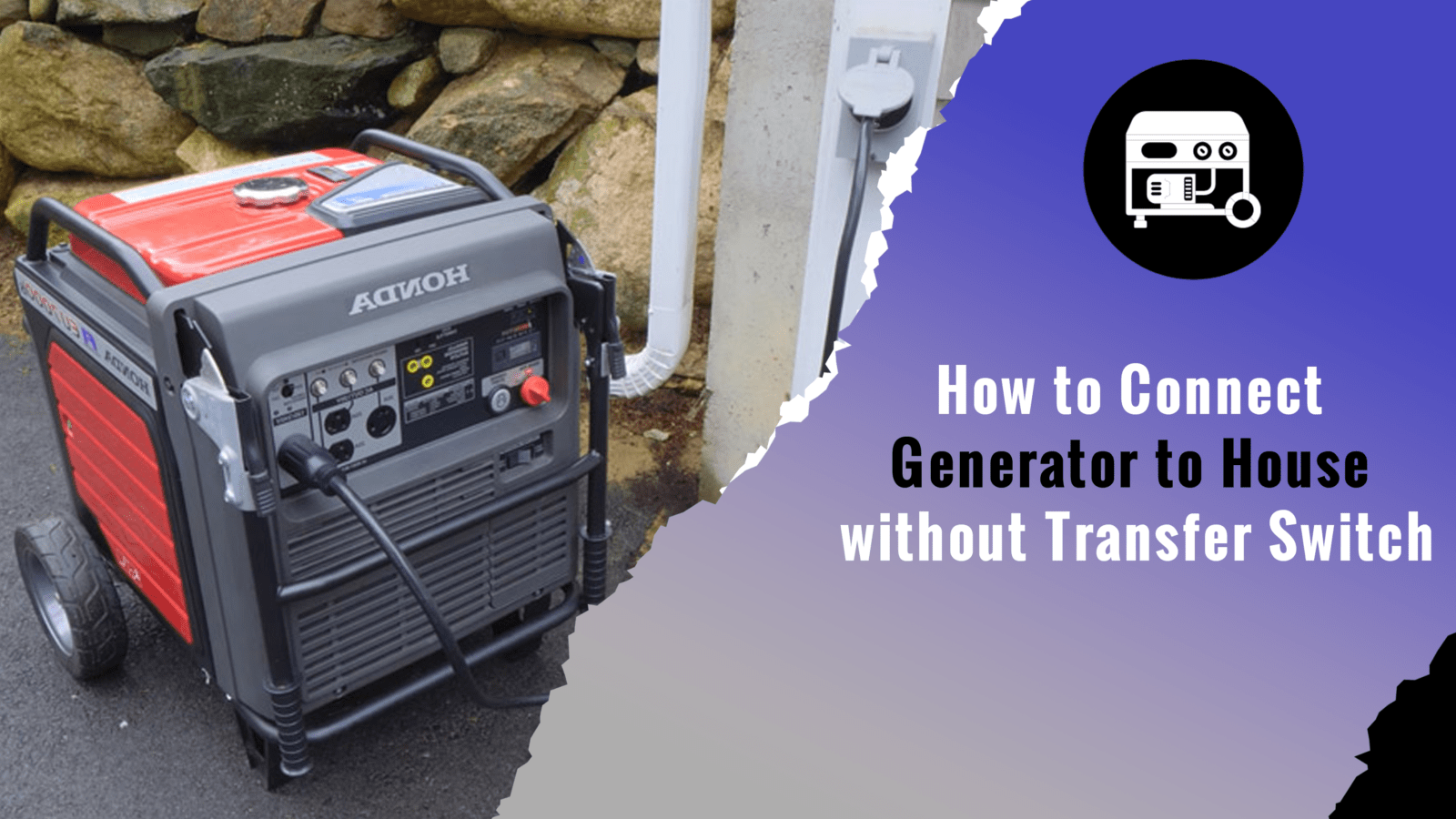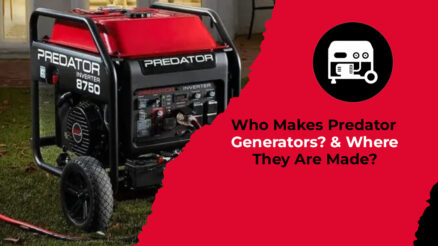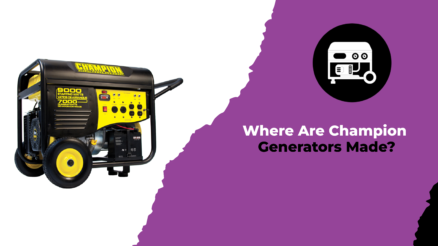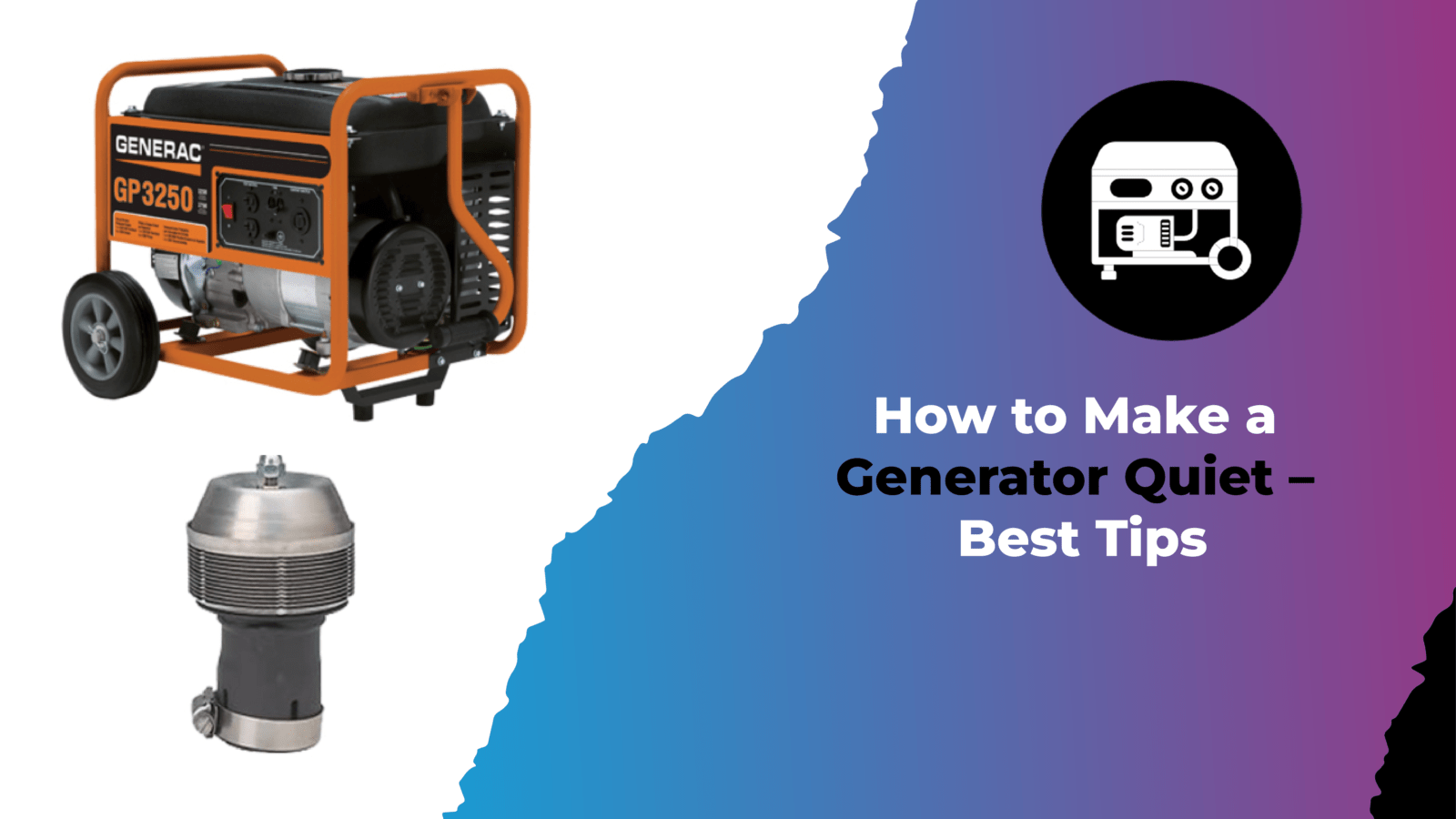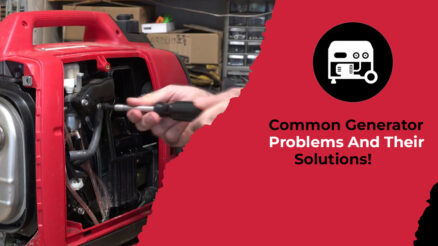No doubt it is the most frustrating feeling if you get stuck without power when you need it most. To make sure that lights are on regardless of the weather, generators are the best option for investing.
Generators are a worthy investment for any camper. Not only that it is also a great investment for your home because nobody knows when a storm or hot temperatures may strike, leaving you helpless.
By connecting generators with a changeover switch, it is possible to deliver electricity through your home while mains electricity is not available or simply not wanted. Not only will you save money with electricity from a generator (especially if you generate free solar power), but a generator can also provide power during power outages and emergencies.
Unfortunately, complete house generators can be expensive; so many people try to cut costs when possible. When evaluating whether to add a toggle switch, materials and labor are likely to cost about $ 500. Many people wonder how to connect a generator to a house without a switch.
If you also want to connect your generator to a house without using a switch then you’re at the right place! In this article, I have mentioned everything that will surely guide you to connect a generator without using a switch. Let’s have a look!
How to Run Extension Cord from Generator into House?
Simply connect the GEN cable to the 20 or 30-amp jack on the generator. The opposite end is divided into several household sockets, to which you can safely connect additional extension cables indoors.
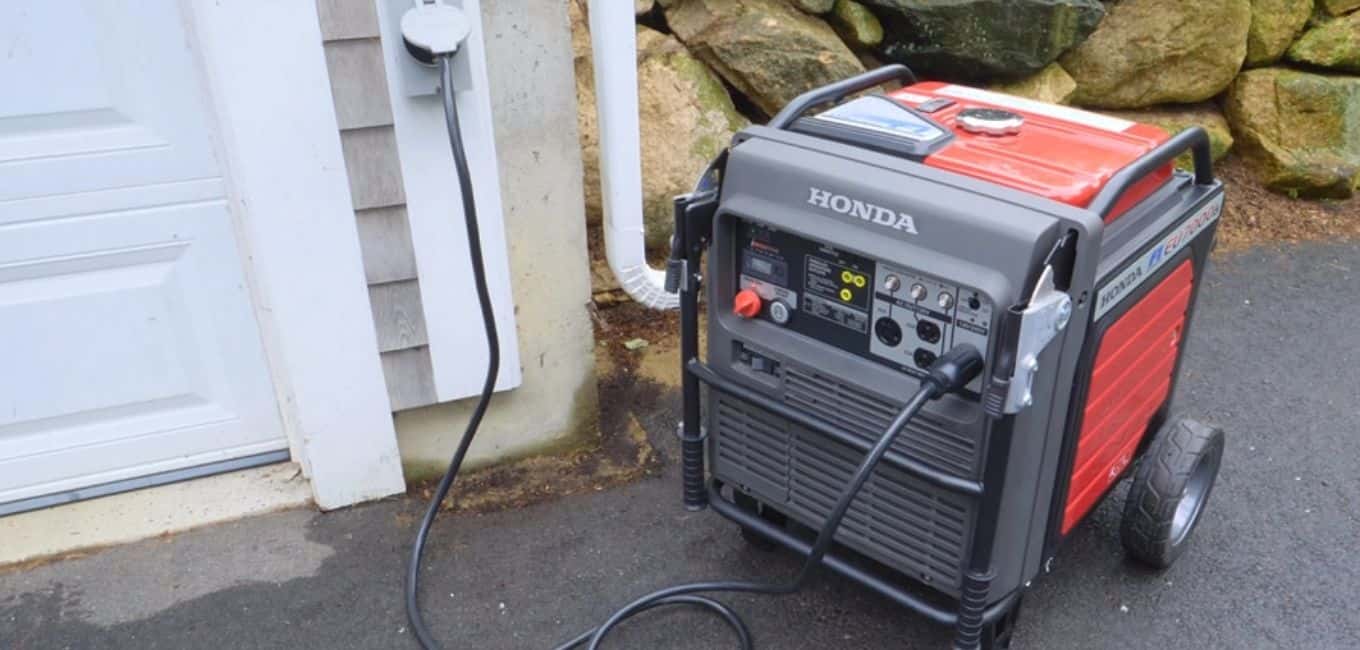
Can You Generator To House Without Transfer Switch?
Yes, you can run the generator to your house without a transfer switch by following the steps below.
Step #1: The first step involves turning off the main switch in the house. This will help you to work safely without accidentally shaking yourself while working on the generator. For further safety, you can also turn off the main power source in your home.
Step #2: Find the main line from your house which is usually on the side of your house. There is a large metal box attached to the mainline. This box contains the main switch that you need to turn off.
Step #3: Find the main switch in your breaker box that is turned off. It can be labeled as the main switch. If you cannot find it, the main breaker might be located in a separate “Main breaker” box. Turn off all the switches inside the box that you don’t know, for added safety, then move on to the next step.
Step #4: Look for the mainline that is entering your house. It should be a thick copper wire going inside your box. Disconnect the wire from the breaker box by unscrewing the wire end clamp. Now you can pull the wire out of the box.
Step #5: In the next step, you need to find the square metal connector which is attached to the wire and unscrew it with a simple flathead screwdriver.
Step #6: Now take the wire from the mainline and then connect it to the black wire coming from the generator.
Step #7: After it takes the white wire from the mainline and connects it to the white wire coming from the generator.
Step #8: In a similar way take the ground wire from the mainline and connect it to the ground wire coming from the device.
Step #9: Then take the red wire from the generator and connect it to the main switch which should be off.
Step #10: That’s all! The device is now connected to your home. You can now turn on the main switch and start the generator.
- Note: You should follow the manufacturer’s instructions when working on an electrical project. Be careful! and enjoy!
Step #11: Now turn on the main switch. Electricity must circulate in the house. If you’ve got the lights on inside the house, you’re good to go! If you don’t have the lights on, be sure to check the generator and make sure it’s running. You might have a loose thread somewhere.
Read More: Transfer Switch For a Portable Generator
How to Connect Generator to House without Switch?
There are several ways to connect a generator to the house. For more information, see the following points.
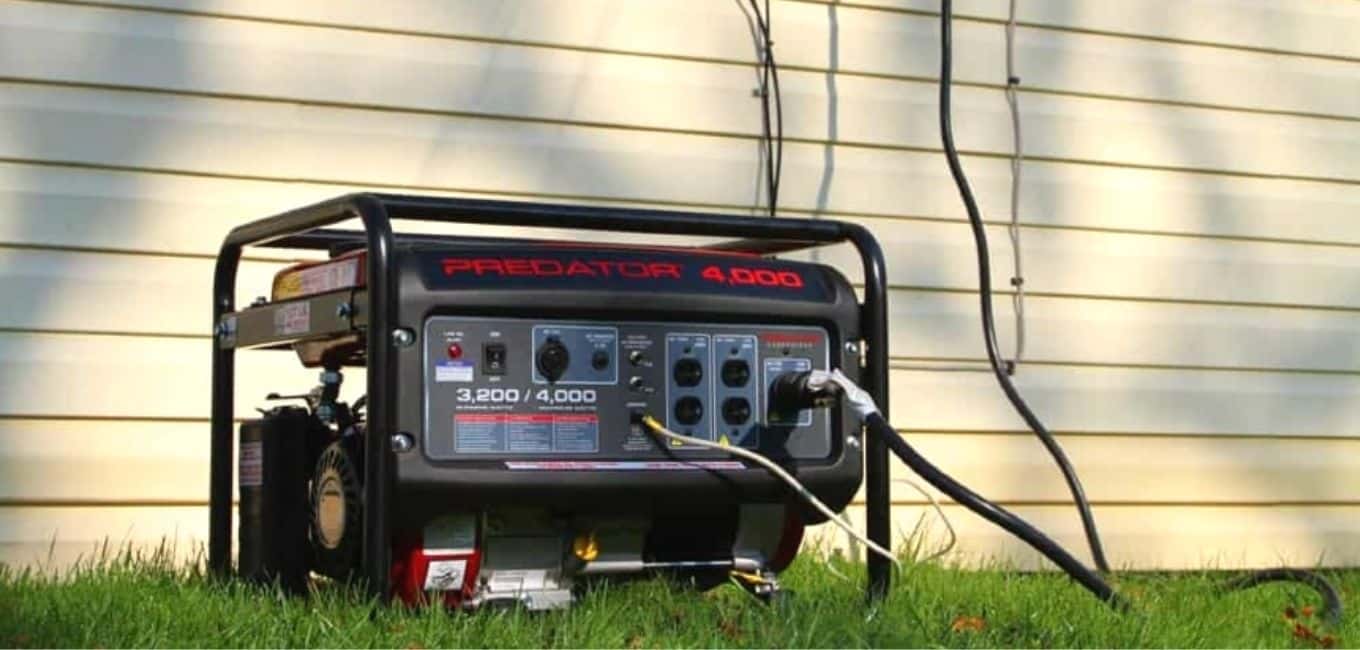
- Wiring through Breaker Box
- Wiring Directly to the Main Electrical Panel
- Wiring through a Transfer Switch
- Wiring through Relay
1. Wiring through Breaker Box
One of the best ways to connect a generator to a house is to connect it to the breaker box. You can connect the generator to the breaker box by using a separate switch with a cable. This is the cheapest and easiest way to connect a generator to the house.
2. Wiring Directly to the Main Electrical Panel
Another method by which you can connect a generator to the home without using a transfer switch is to wire it directly to the main electrical panel.
However, this method is not recommended as it is a very dangerous method. So you can use an undercut to connect the generator directly to the main electrical panel.
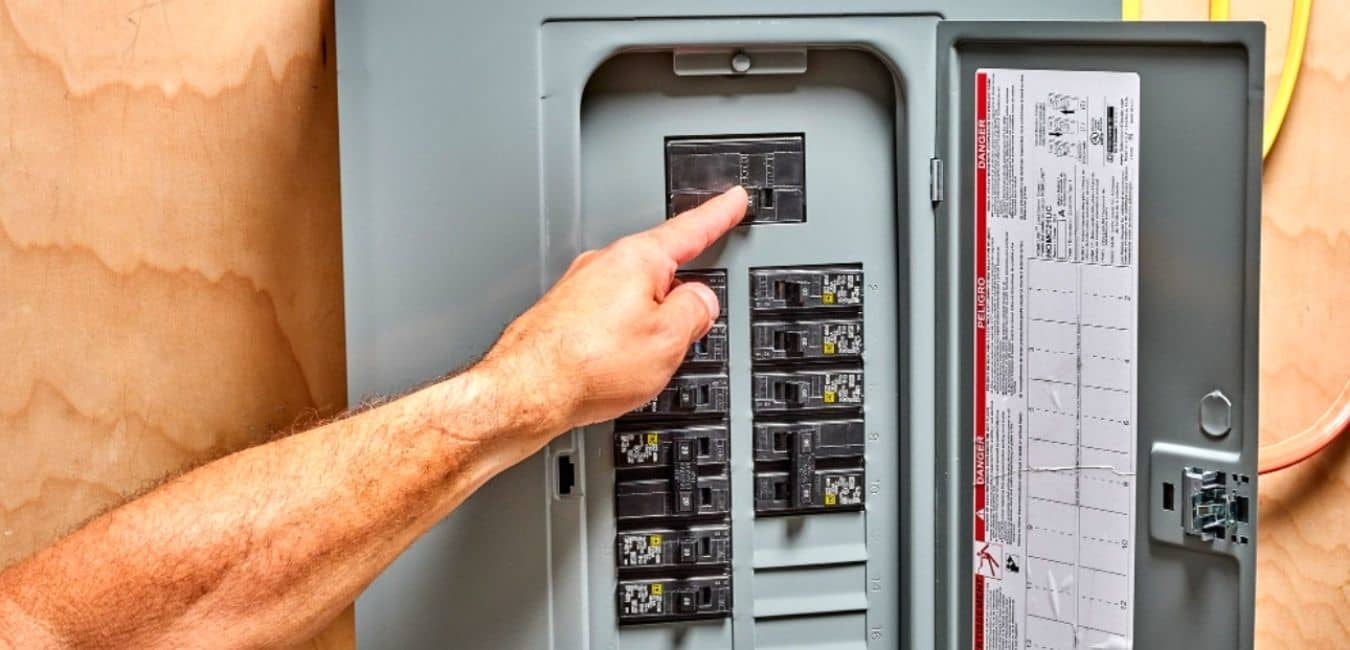
3. Wiring through a Transfer Switch
Another method to connect the generator is by using a transfer switch, a device that connects the generator to the main switchboard. The changeover switch interrupts the power supply of the device to a house and transfers it to the main panel.
Not only this you can also connect the generator to your house with the help of a changeover switch and also can disconnect the generator from the house with a changeover switch.
4. Wiring through Relay
Using a relay is another method to connect your generator to the house. A relay is basically a device that can cut off power to the device in the home when required. A relay is also used to connect the generator to the main electrical panel.
It is possible to switch the appliance on and off automatically by connecting the relay to the generator.
How to Connect Generator to House With a Transfer Switch
Following are the steps to wire a generator into the house with the help of a transfer switch.

- Step 1. First, turn off the power of the house using the main
- Step 2. After it opens the main switch housing cover.
- Step 3. In the next step place the neutral and ground wires in the main switch
- Step 4. After placing the neutral and ground wires, remove the box cover from the panel where the wires are
- Step 5. Unscrew the nuts on the wires that are connecting the generator to the main electrical
- Step 6. Now unplug the generator.
- Step 7. From the main switch housing, take out the screws.
- Step 8. Take out the switch from the main switch housing and insert a new one in it.
- Step 9. Now connect the generator to the main electrical box by using the wire
- Step 10. After it opens the main switch box cover and turns it on again.
- Step 11. Replace the cover on the main switch housing.
- Step 12. In the next step turn on the power to the house at the main circuit breaker and confirm that the house is powered on or not.
- Step 13. Now check the panel box to confirm that the generator is not powered by the main
- Step 14. Also, check the main switch housing to confirm that the generator is not powered by the main
- Step 15. If all went well, you are
Connect Generator to House without Transfer Switch – FAQs
To Sum Up
Of the overall power generation system, the generator switch is an essential part. There’s no doubt that wiring a generator without a switch can be dangerous and cause a huge fire but if you feel that you are out of money and can’t spend a lot of money on a transfer counter, you can look for another best and less expensive option that I have mentioned above.


